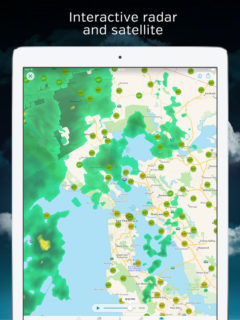

Wind = pd.DataFrame(data_hour,columns=)Ĭondition = pd.DataFrame(data_hour,columns=)ĭf_final = reduce(lambda left, right: pd.merge(left, right, left_index=True, right_index=True), dfs) Numbers = pd.DataFrame( for i in range(0, len(data), 7)],columns=) Next we run the scraper which extracts and converts all the information from the table in the bottom of the page as pictured below.Ĭontainer = soup.find('lib-city-history-observation')įor i in check.find_all('span', class_='ng-star-inserted'):įor i in check.find_all('span', class_='wu-value wu-value-to'): In case you need an explanation about the chromedriver, please read the first Wunderground Scraper article.ĭriver = webdriver.Chrome('/path_to/chromedriver')Įlement = WebDriverWait(driver, 10).until(ĮC.presence_of_element_located((By.ID, 'wuSettings'))ĮC.presence_of_element_located((By.XPATH, = driver.page_source

Also don't forget to change the path to the chromedriver.

This would matter only if you are trying to get a big amount of data. Keep in mind that extracting data in Fahrenheit is much faster. For Celsius you have to pass "C" and for Fahrenheit "F". Then the function for rendering the page is pretty much the same, although I have now added an extra functionality which allows you to choose the measurement system you want to extract the data in. The code works similarly to the one I have shown on my previous article.įirstly we import the necessary libraries:įrom import Byįrom import WebDriverWaitįrom import expected_conditions as EC In this case you can obtain hourly data per day. This article is also related to scraping Wunderground data, although in this case I'm showing the code for scraping daily instead of monthly historical data.


 0 kommentar(er)
0 kommentar(er)
